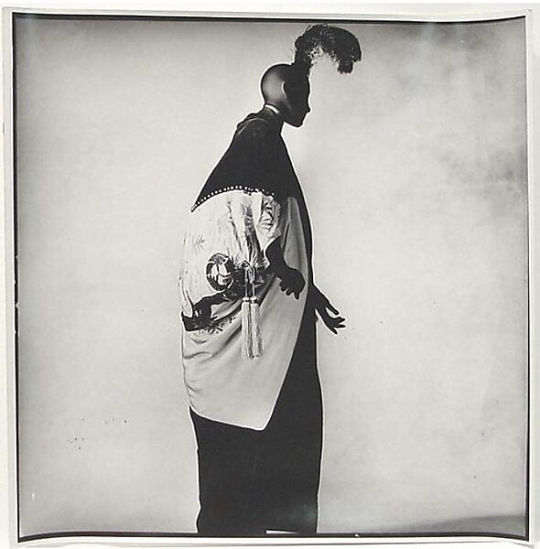#House of Paquin
Photo
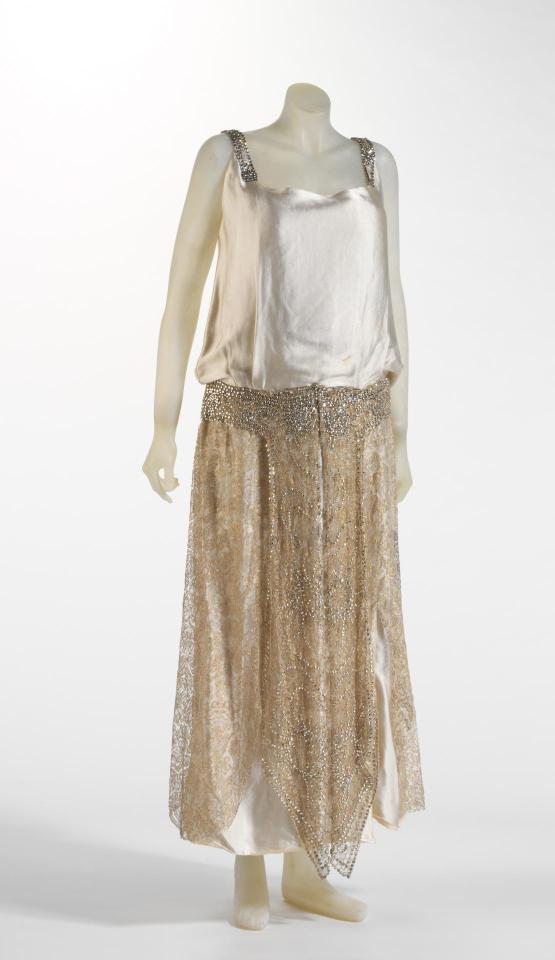
ab. 1920 Evening dress and underbodice by Madame Joseph Paquin (Paris, France)
silk, metal, glass, silk satin, net
(National Gallery of Victoria, Melbourne)
417 notes
·
View notes
Text
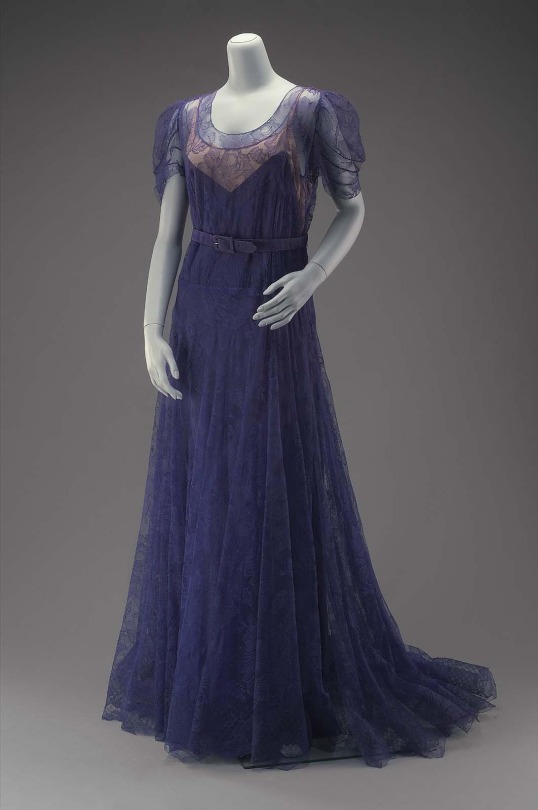

Blue Silk Evening Dress, ca. 1940, French.
By House of Paquin.
MFA Boston.
#blue#womenswear#silk#dress#extant garments#mfa boston#20th century#france#french#1940#1940s#1940s dress#evening#evening dress#1940s evening#1940s France#house of paquin#ww2#occupation#1940s extant garments
148 notes
·
View notes
Text

George Barbier, La Belle aux moineaux. Robe de Visite de Paquin (The Beauty of the Sparrows. Paquin's Visiting Robe), detail, La Gazette du Bon Ton, 1912-1913.
#george barbier#illustration#1912#art#Jeanne Paquin#fashion#mode#paquin#1910s mode#fashion illustration#barbier#art nouveau#belle epoque#house of paquin#art nouveau fashion#chic#la belle epoque#art nouveau illustration#1910s fashion#parisian chic#1910s chic#1910s robe#La Gazette du Bon Ton#parisian fashion
68 notes
·
View notes
Photo

Ballgown 1910, House of Paquin,
64 notes
·
View notes
Text
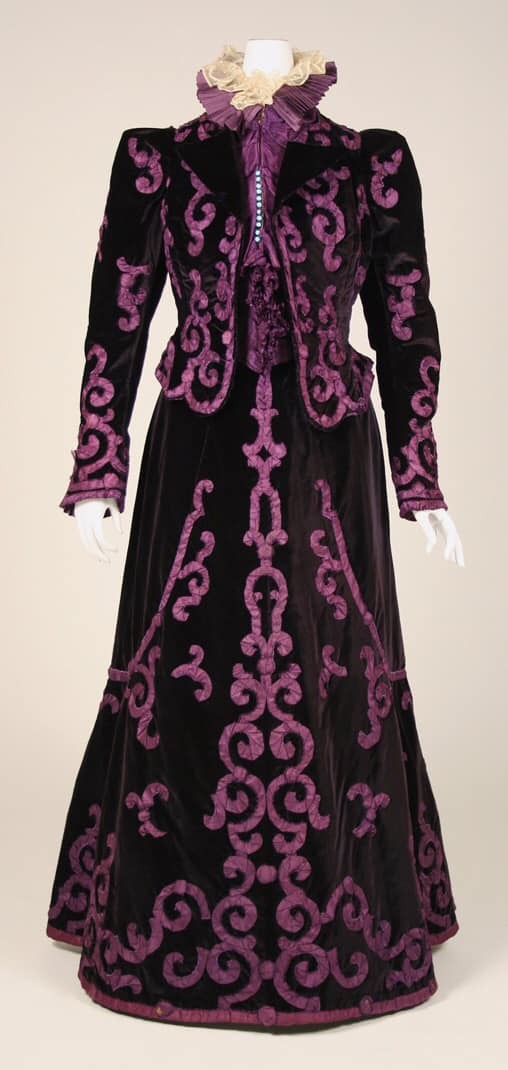

When I’m feeling my Lady Bracknell oats, I’ll wear this all the time. Frocking fabulous fashion history by the House of Paquin, late 1890s, via the Met.
15 notes
·
View notes
Text

1908 (September) Les Modes - Robe d'interieur par Paquin - photo by Reutlinger. From gallica.bnf.fr; fixed spots & flaws w Pshop 1386X2081.
#1908 fashion#1900s fashion#Belle Époque fashion#Edwardian fashion#Paquin#Reutlinger#house dress#headband#pouter pigeon bodice#coat#three-quarter length sleeves#flared sleeves
429 notes
·
View notes
Text
So I've started watching True Blood bc my work girlies love it and were like WE'RE DOING TRUE BLOOD NIGHTS and my GOD. It's wild?????? We've gotten to season two and I'm like WHAT. This show reads like a crazy fanfic and watching it is like, feels like it should be cringe??? And it is but like. DELIGHTFULLY SO. I think watching it with a group is adding to the experience. ANYWAY. Jason Stackhouse is the dumbest bitch alive, I LOVE Lafayette and my GOD I hope he gets to be a slutty, slutty vampire tbh
#dani speaks#that's why I've been quiet on fridays lately lol#true blood nights! UM. it's such an interesting show#it's got garring flaws but the beats and pacing and cliffies are well done#and my GOD anna paquin has the RANGE#sam fucking sucks. hate him. but we've just met maryanne and she's knocked him up my rooster presently#jason was at the bottom of the list but he's so fucking stupid#and so many people are being WORSE lately#that he's clawing his way up my hate part of the list#Lafayette owns the faves list#him and eric#my friends were like ERIC IS H O T#he is NOT but his vibes are amazing#i was like 🤔🤔 when we met him#and then he broke into Bill's house#sorry. VAMPIRE Bill's house. and just fucking took a bubbly bath and played his fancy Swedish music#and I was like WELP. THIS IS A DONE DEAL. THIS GUY SLAPS#also i think we should let jessica kill peoplw#like#i see how bad it is for the vampy rights movement#but she should at LEAST maim her dad#true blood#dani watches true blood#anyway I'm on episode 2.3 and im digging it
10 notes
·
View notes
Text

House of Paquin at the turn of the last century was drama, drama, drama. Paquin has always been one of my favorites, not for the least of which is the fact my own French family has the same last name. Jeanne Paquin, as she came to be known, however, was likely not a relation to me at all. She and her husband used the Paquin name. Though it is now synonymous with Paris Haute Couture, it's also one of the most common last names in Québec!
That said, this gown encompasses so much of what I adore about the last little bit of the Victorian era. It's intense. Intense colors, intense fabrics, intense flounces. Though we are firmly in the narrow-waist era, it's all about shape and proportion. As you're likely aware, those huge leg o'mutton or leg of lamb sleeves are, in fact, Gigot callbacks to the earlier part of the century.
Personally, I'm just enchanted by the burgundy wine hue on that silk, to say nothing of the intricacies of the bodice. Though the 1890s were very, very covered up, they still had an almost architectural brutality to some of the designs. Like, this IS the villain era, you know what I mean?
From Tessier-Sarrou.
#historical costuming#costume history#silk dress#costume#textiles#victorian fashion#fashion history#threadtalk#late victorian fashion#history of fashion
563 notes
·
View notes
Text

1929 House of Paquin evening gown of silk net with beading, sequins and faux pearls. From Fashion of Bygone Days, FB.
172 notes
·
View notes
Text
The Tailor & The Seamstress - A Reading Aid
So here's some stuff I'm just putting up here as a kind of glossary/reading aid/moodboard collection for The Tailor & The Seamstress.
It's not an easy read in some ways, because it's set in 1910 and deals with some fashion terminology that can be opaque, so yeah. Just dropping this here.
Accents
Firstly, Remy and Anna do not speak in their accents, and that was deliberate. Working where and in what they do (i.e. haute couture in 1910's New York), having a Southern accent would have been very uncouth. For professional reasons they would have got rid of their accents, or polished them off, fairly quickly. But both of them actually filed off their Southern accents earlier in life, for entirely different reasons (which will become clear later on in the story).
The closest you'd probably get to what they sound like is probably the Transatlantic accent, which developed in the late 19th century in the acting industry and among the American upper class. (Thanks to @narwhallove for pointing this out!).
You can hear what this accent sounded like in 1930's and 40's Hollywood movies:
Dress Forms
There are a lot of dress forms floating around in this story. A dress form is very much like a mannequin, where a garment can be mounted on it to make working on it easier. The difference between a dress form and a mannequin is that a form can be adjusted to different sizes. Here's an example:

Nowadays, dress forms usually conform to modern standards of sizing, but back in the day, all dressmakers/fashion houses would have dress forms made according to the sizing of their target clientele, and adjustments would be made to individual customers when a dress was purchased.
The dress forms at the House of Burford, of course, are made to Anna's measurements. 😉
Maison Maillot
The idea of Remy working at a waning fashion house was inspired by the historical House of Worth, which was probably the world's first modern atelier. Established in 1858 by Charles Frederick Worth, it came to dress empresses, queens, actresses and singers. The business was later taken over by his sons, but the house's fortunes waned in the early 20th century. IMHO, you begin to see the decline in design quality by the 1920's. Worth was bought out by the House of Paquin in 1950, and closed in 1956. In 1999, it was revived.
Early Worth designs were so powerfully beautiful, and always innovative and at the cutting edge. In the story, the House of Maillot's heyday would have been the same - a tale of an exciting and forward-thinking atelier that dressed the best and brightest.


By the early 20th century, at the time of the story, they are still putting out beautifully breath-taking clothes - but decades of newer competition means that their work no longer stands out. By the 1910's, the House of Worth had been eclipsed by designers like Callot Soeurs, Paul Poiret, and Lucile (of Titanic fame), who were becoming the innovators in women's dress, and Worth tended to follow where others led. This is where Maison Maillot is at in the story; and their rival, the House of Burford, is one of those new and exciting innovators in fashion.

By the 1920's, fortunes have fallen, and the House of Worth was putting out stuff like this:

The Peacock and the Phoenix Dresses
The rival dresses don't have any analogue in real life, but here are the dresses that roughly inspired them.
A 1909 evening dress by Callot Soeurs:

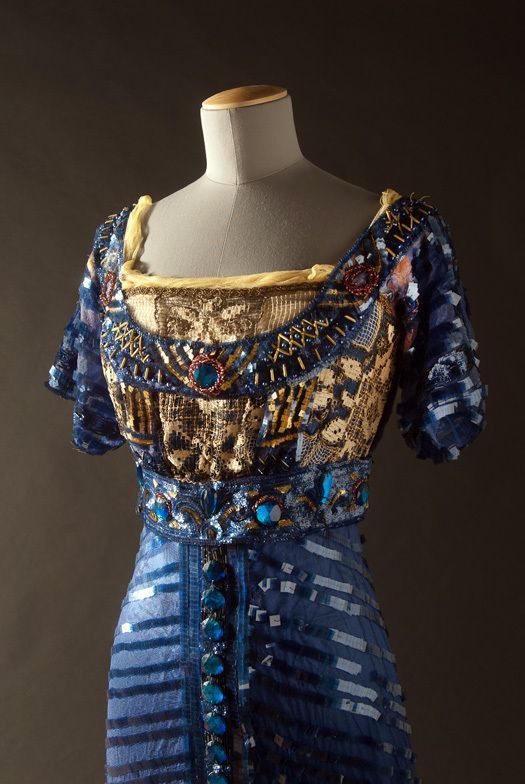
And a 1913-14 evening dress by an unknown artist:
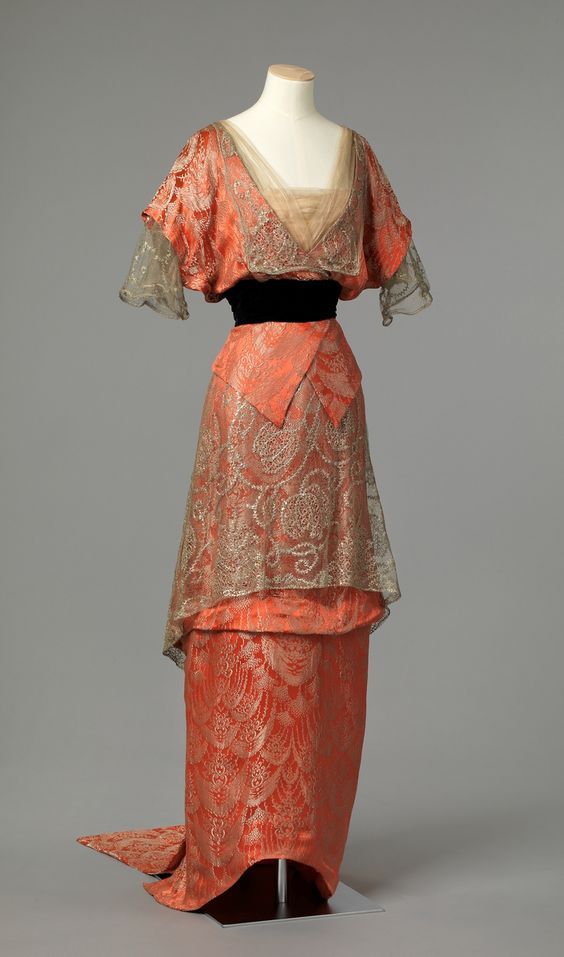

I like to think of Remy always being slightly (maybe a lot) more ahead of his time with his clothes than Anna is with hers. Remy is designing tubular dresses a few years before they started to become a fashionable silhouette. Ironically Maillot rejects them, but I find it kind of funny that by the end of the decade, he'll have been wishing his house had set the trend Remy had conceived of years before.
At SOME POINT I will draw how I envision the dresses to be. I HOPE.
If you want to see my moodboard for this story, you can catch it on Pinterest here.
#The Tailor & The Seamstress#fanfic#meta#reading aid#historical fashion#historial fiction#historical fic
27 notes
·
View notes
Photo



1897 Evening cape by Paquin (French)
pink silk chiffon and metal sequins
(Museum at the Fashion Institute of Technology)
775 notes
·
View notes
Text

Evening dress by House of Paquin, 1937-38.
36 notes
·
View notes
Photo

1906 Henri Gervex (French, 1852-1929), Five Hours At Paquin (Cinq Heures Chez Paquin), detail
Follow: I Pinterest I Tumblr I
#1906#painting#henri gervex#gervex#detail#paquin#jeanne paquin#house of paquin#rue de la Paix#rue de la paix paris#art#french art#french painting#la belle epoque#belle epoque#art nouveau#art nouveau fashion
10 notes
·
View notes
Text
Ball Gown by House of Paquin, 1895. The MET.


467 notes
·
View notes
Text
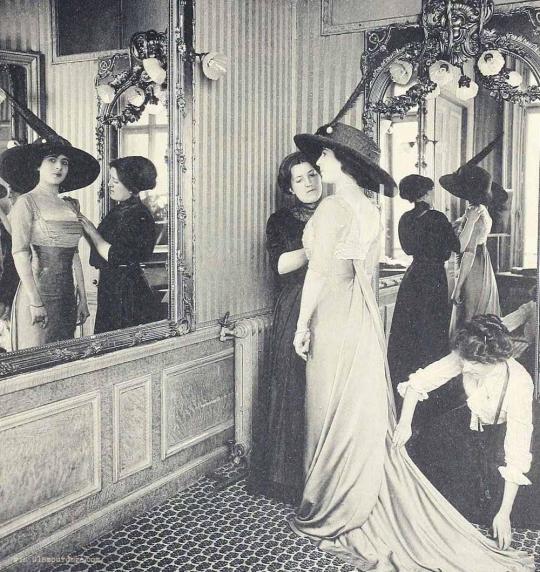
House of Paquin Paris fashion 1910.
209 notes
·
View notes


